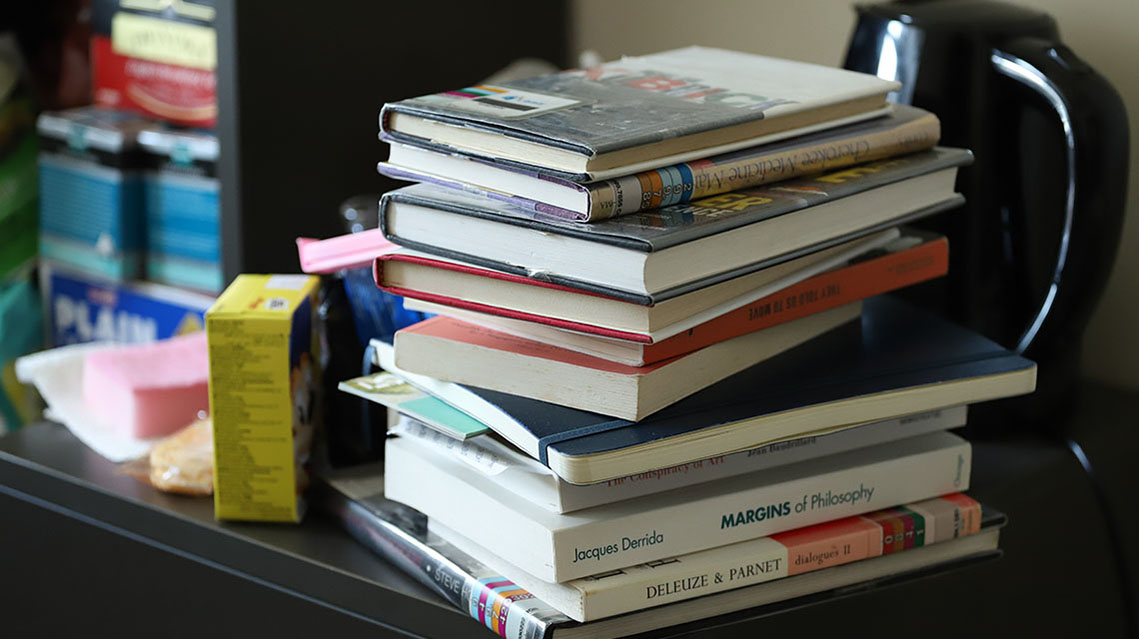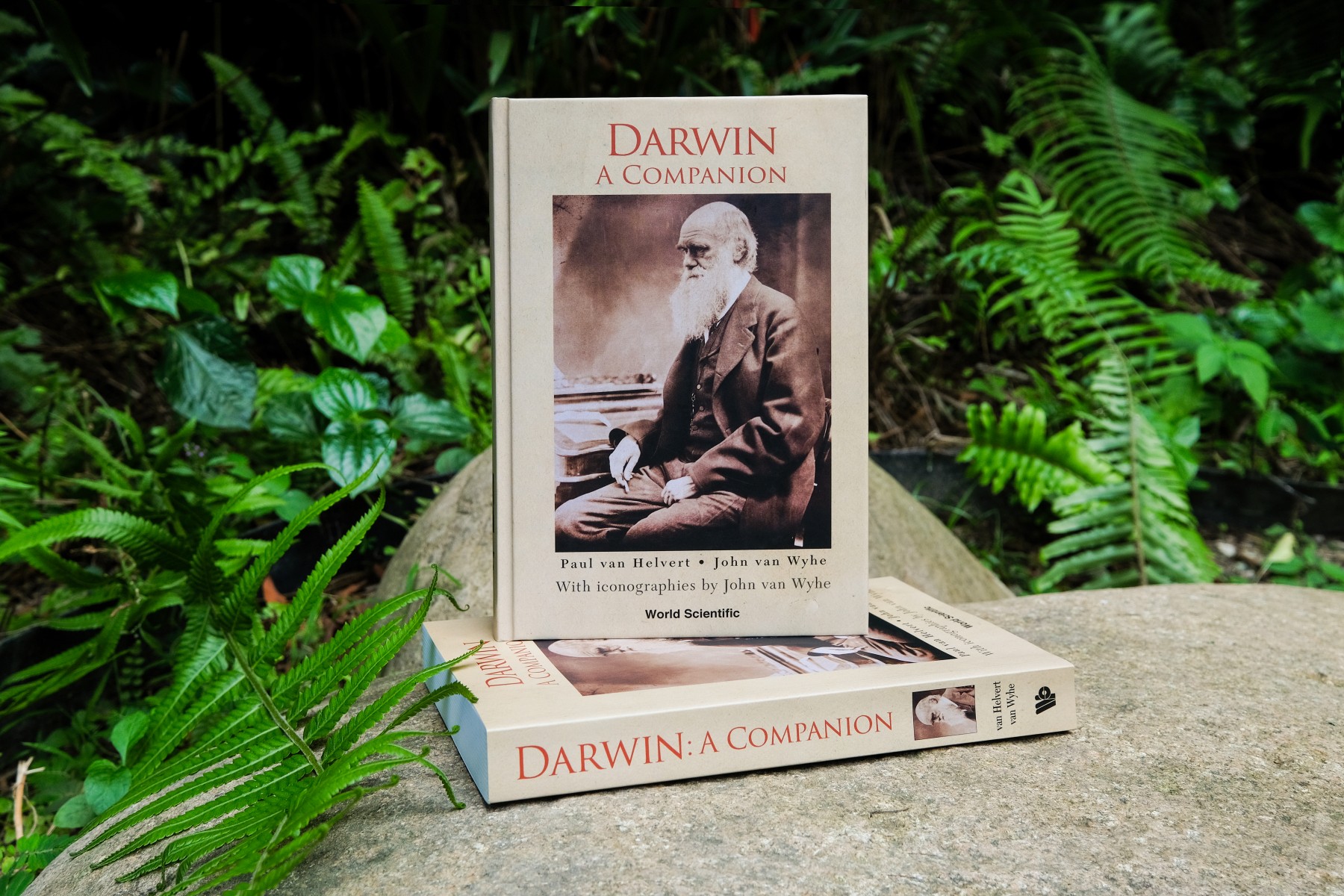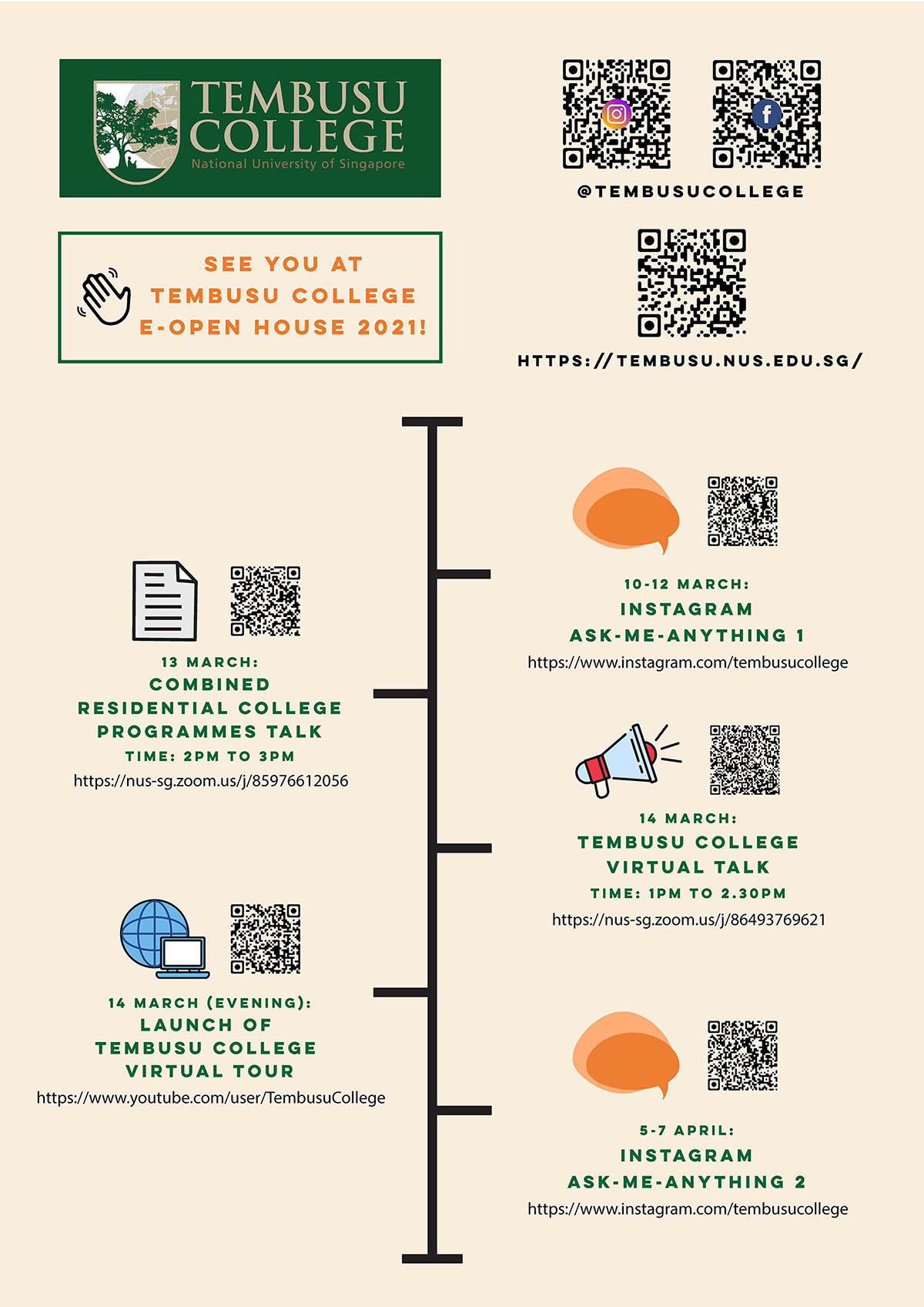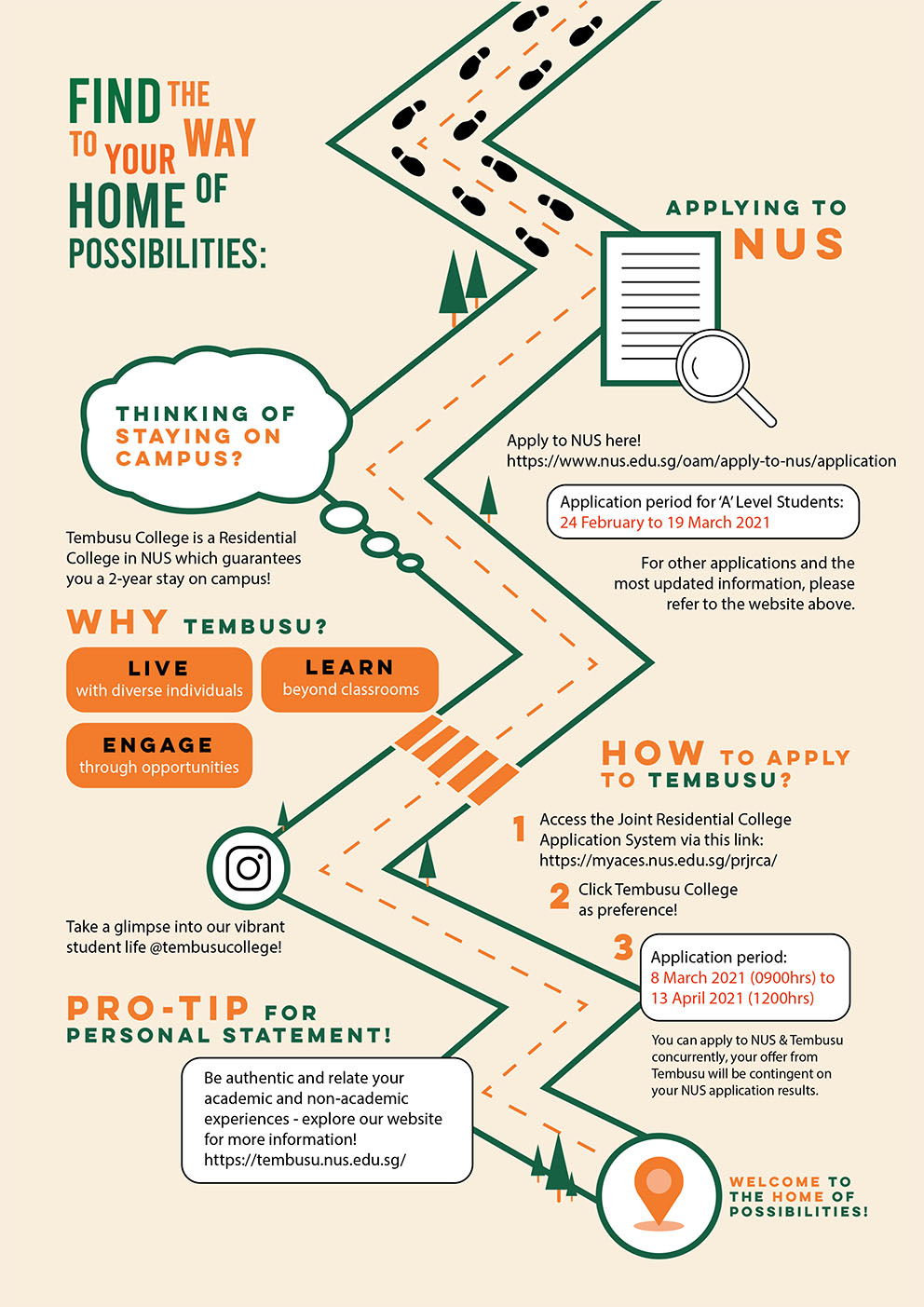By Professor Tommy Koh: The scourge of racial prejudice in Singapore
Like most Singaporeans, I am concerned by several recent incidents of racism. In May, an Indian woman was confronted by a Chinese man for not wearing her face mask properly while brisk walking. The man abused her verbally, using a racial slur, and kicked her.
In the most recent incident, a Chinese man confronted a mixed race couple on Orchard Road, telling them that it was a disgrace for a Chinese girl and an Indian man to be together.
MY CONCERNS
I have three concerns. First, I am concerned that such incidents seem to be on the increase. Second, I am concerned by the appearance of Chinese chauvinism. Third, I am concerned that members of our Indian community seem to be the target of these recent attacks.
Singapore is a very successful multi-racial country. Citizens of different races live at peace and in harmony with one another. Most of our children and young people have the benefit of studying together in integrated schools and living in public housing which is racially integrated.
Our young men have the bonding experience of performing their national service in the army, police or civil defence. All our workplaces are racially diverse. There are no ghettos in Singapore.
This happy state of affairs is also due to our legal system, our institutions, our policies and to our people.
THE LEGAL SYSTEM
The highest law of Singapore is the constitution, which prescribes that all persons are equal before the law and are entitled to the equal protection of the law. The constitution also prohibits racial discrimination.
The Penal Code makes it a crime to utter words with the deliberate intent to wound the religious and racial feelings of any person. The Penal Code also makes it a crime to promote enmity between groups on grounds of religion or race, or for doing acts prejudicial to the maintenance of harmony.
In addition to the Penal Code, we also have the Sedition Act. Under this law, it is a crime to promote feelings of ill-will and hostility between different races or classes of the population.
In addition to the legal framework, the Presidential Council for Minority Rights was created in 1970. The principal function of the council is to examine legislation and to ascertain if any of their provisions discriminate against any racial or religious minority.
The council is chaired by the Chief Justice and consists of eminent citizens. To date, the council has not issued any adverse report.
GOVERNMENT POLICIES
It is the policy of the Singapore Government to promote racial harmony. All the schools celebrate annually Racial Harmony Day. At the community level, the Government has established Inter-Racial and Religious Confidence Circles, which are inter-faith platforms formed in every constituency to promote racial and religious harmony.
All these efforts are intended to inculcate, in the minds of our citizens, young and old, the value of racial harmony.
The United Nations International Convention On The Elimination Of All Forms Of Racial Discrimination was adopted by the UN in 1965 and came into force in 1969. Singapore became a party to this important convention in 2017.
The convention requires countries to condemn all forms of racial discrimination and to pursue a policy of eliminating racial discrimination.
Countries which are parties to the convention are required to submit biennial reports to the committee established under the convention. By becoming a party to the convention, Singapore has agreed to have its record scrutinised by the UN committee.
STATE OF PUBLIC OPINION
A Channel NewsAsia-Institute of Policy Studies (CNA-IPS) Survey on Race Relations in 2019 revealed some important findings.
First, about 70 per cent of the respondents viewed the various policies meant to safeguard racial harmony as helpful in building trust between the races and in safeguarding minority rights.
Second, 85 per cent of the respondents acknowledged that Racial Harmony Day celebrations foster inter-racial trust. Third, 53 per cent viewed racism as a problem of the past. Fourth, 40 per cent reported that their close friends were mildly racists.
Fifth, about 44 per cent of the Malay respondents felt that they had been treated negatively because of their race, religion, education and income. Sixth, 62 per cent of the Indian respondents felt that they had been treated negatively because of their skin colour and their race.
It is significant that 40 per cent of the respondents in the CNA-IPS survey reported that their close friends were mildly racists.
It would seem from the survey that racial prejudice is quite widespread in Singapore, especially by the Chinese towards the Malays and Indians.
This was reflected in the result of a study conducted by Angeline Khoo and Lim Kam Ming of trainee teachers. The report of their study is contained in the 2004 book, Beyond Rituals And Riots: Ethnic Pluralism And Social Cohesion In Singapore, edited by Lai Ah Eng.
RACIAL STEREOTYPING
Khoo and Lim found that the trainee teachers held many stereotypes about the different races.
The Chinese were perceived to be kiasu, materialistic, industrious, practical, superstitious and ambitious.
The Malays were perceived to be very religious, loyal to family ties, tradition-loving, happy-go-lucky, lazy and kind.
The Indians were perceived to be tradition-loving, intelligent, loyal to family ties, loud, very religious and argumentative. The authors wrote that “only the Chinese trainees perceived Malays as lazy”.
Racial prejudice is morally wrong but not illegal. Nevertheless, we should fight against racial prejudice in Singapore whenever it rears its ugly head.
We should do so because such prejudice could affect the dignity and employability of members of the minority communities.
As we do not have a national commission of human rights, we should mobilise the weight of public opinion to combat prejudicial views and comments about members of the minorities.
CHINESE CHAUVINISM
I see evidence of Chinese chauvinism in Singapore. This could be due to several developments outside Singapore.
The rise of China in the world has naturally engendered pride in many Chinese Singaporeans. There is nothing wrong with this.
However, pride in China’s achievements should not be allowed to cause the Chinese in Singapore to become chauvinistic, meaning to feel superior to the other races.
There are two other factors at work. These are the growing strength of ethno-nationalism and of identity politics. We must not allow ethno-nationalism or identity politics to come to Singapore.
TARGETING INDIANS
I am also concerned by the anti-India mood in Singapore. Why are the Indians being targeted? I don’t know the answer.
It could be due to perception. There is a perception that there are too many expatriate Indians in Singapore. There is also the misperception that our free trade agreement with India – the Comprehensive Economic Cooperation Agreement or Ceca – has created a loophole for Indian professionals to work in Singapore.
Whatever the cause, it is time for the leaders of the majority community to speak up and to put a stop to it. Singaporeans cannot distinguish between an expatriate Indian and a local Indian. Therefore, all Indians, whether expatriate or local, have become targets. Whether local or foreign-born, there is simply no justification for racist attacks.
WORK IN PROGRESS
I will conclude by quoting what Finance Minister Lawrence Wong said at the IPS Singapore Perspectives 2021 conference in January. He acknowledged that there is still racism in Singapore and that the government is committed to improving the situation. Yes, the situation may be better than it was 10 or 20 years ago but it is not perfect. We must work continuously to make it better.





